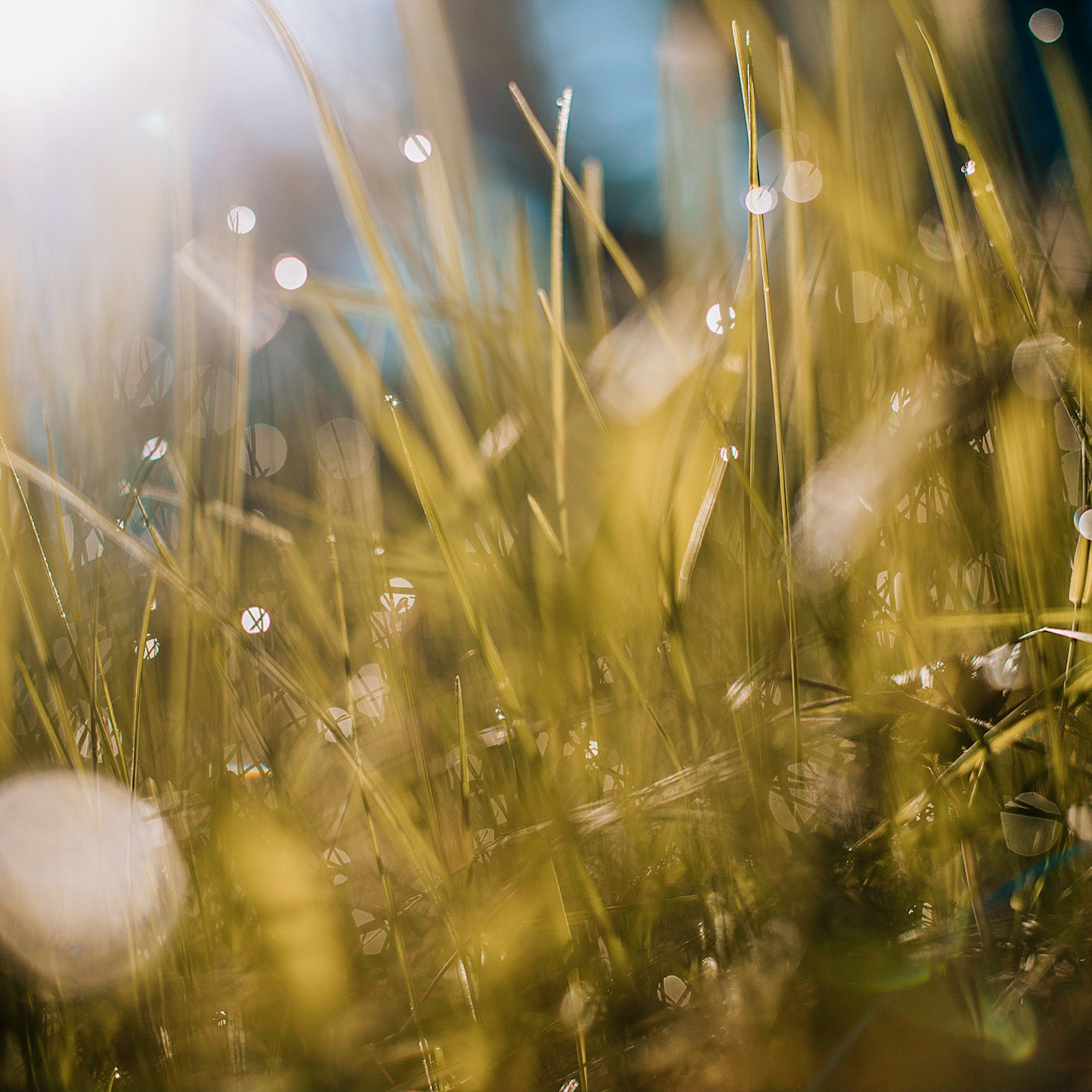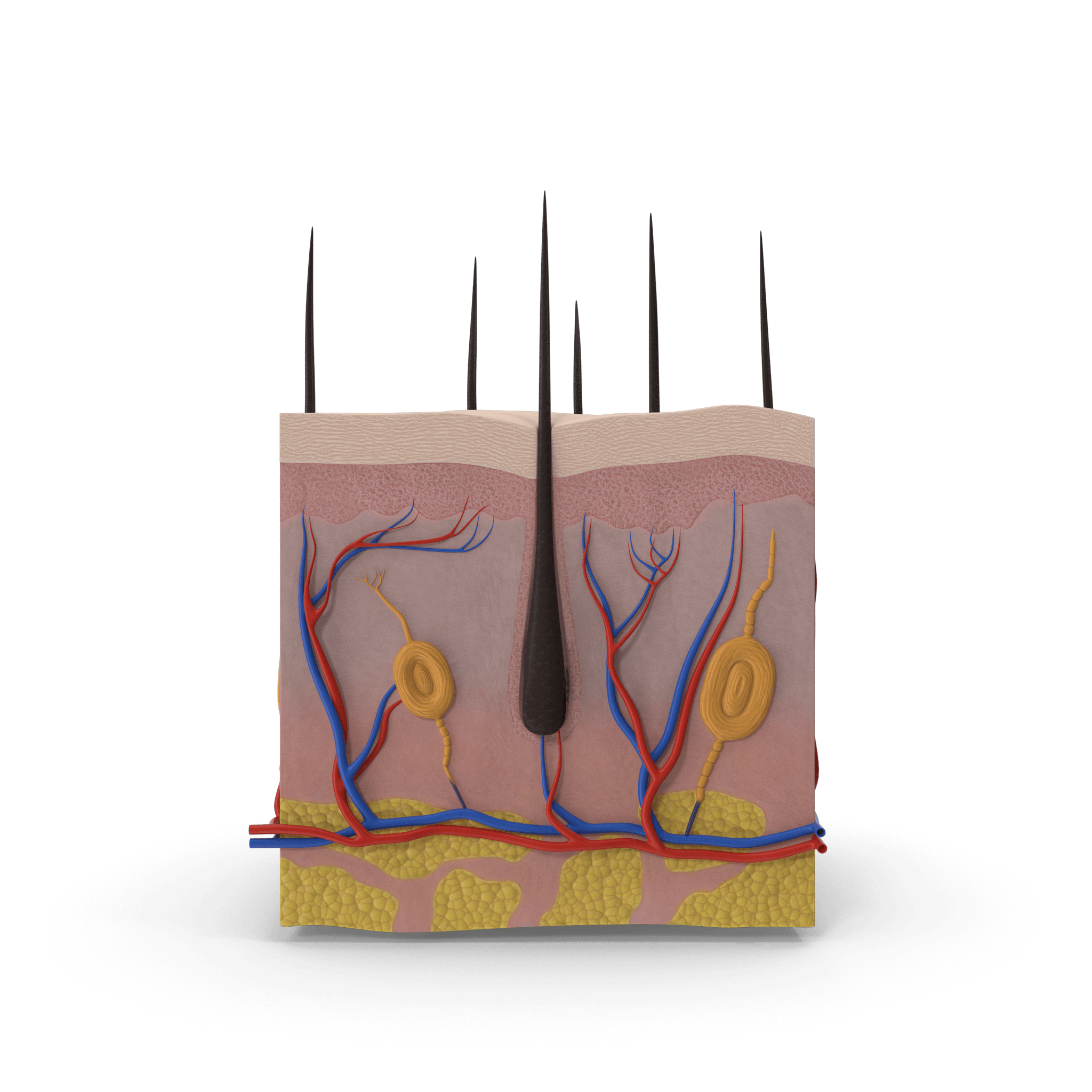The Wolves of Yellowstone Park

The skin is an extremely complex organ and it is very difficult to gain an understanding of the interaction that takes place between the skin's various components and systems. One way to understand the skin is to use similes. So I thought I'd share one of the best similes I know - The similarity between our human skin and the American national park - The Yellowstone Park.
One of the most exciting scientific discoveries of the past half century has been the discovery of widespread trophic cascades! A trophic cascade is an ecological process that starts at the top of the food chain and cascades down to the bottom.
Take the classic example of what happened in Yellowstone National Park in the US when wolves were reintroduced in 1995. We all know that wolves can kill various species of animals, but perhaps we are less aware that they can also give life to many other species. The wolves were exterminated from the park in 1915 and reintroduced 70 years later.
During this time the number of deer had increased drastically and despite attempts by humans to control them the deer had succeeded in reducing much of the vegetation in the park to almost nothing. But as soon as the wolves came, even though they were few, they had a remarkable effect.
The wolves gave life to so many different species and restored the park to its former glory.
At first, the deer population declined sharply when the wolves killed some of the deer. But that was just the beginning of their impact at the park. In addition to this, the behavior of the deer changed completely; they began to avoid areas where they could be attacked, such as in valleys and ravines. Because of this, a huge change took place in the environment.
Within just six years, tree height in some areas had increased fivefold, and suddenly there were forests of aspen, willow and cottonwood. This served as an invitation for birds, which started flocking to the park in large numbers.
The increase in birds also helped to increase the number of beavers, these are known to be ecosystem engineers – they create habitats for other species by building dams in rivers. The result of this is that there are now more otters, ducks, fish, reptiles and amphibians living in the park. All of these changes have been incredibly important to the park's ecosystem!
The wolves had a remarkable impact on the environment - they killed coyotes, and as a result the number of rabbits and mice increased, which in turn meant more hawks, weasels, foxes and badgers. Ravens and sea eagles came to feed on the carcasses the wolves left behind. Bears increased in number as they were able to take advantage of the increased number of food sources that had emerged.
But that's not all - the wolves even changed the behavior of the rivers! The rivers meandered less, there was less erosion, the channels narrowed, more dams formed, making it a great habitat for wildlife. And the reason for this? The changed forest environment stabilized the rivers so that they could more easily become more stable and maintain their course.
By driving the deer from the valley sides and allowing the vegetation to recover, the wolves, few in number, had an enormous positive impact on both the ecosystem and the physical geography of Yellowstone National Park. The vegetation not only helped to stabilize the soil and reduce soil erosion, but it also changed the variety of species in the park for the better. It's amazing what a small group of animals can do!
Like a national park, the skin has, over 1.9 million years, developed into a complex array of microbes (bacteria, viruses, fungi, etc.), skin cells and unique systems. All these parts of the skin together create a sensitive ecosystem that keeps our skin healthy and balanced.
However, the dilemma arises when we, consciously or unconsciously, add or remove one or more substances that should not naturally be present in the skin's ecosystem. Even if we think we are doing the skin good, the consequences of disturbing the ecosystem can be devastating in the short and long term.
The skin is, like a national park, a complex and sensitive ecosystem. We are afraid that what the skin care industry is doing right now is "playing god". Skin care products contain a combination of substances that kill one or more microbial species that are thought to be unnecessary on the skin. However, it is ALWAYS a very bad idea to apply alien species to sensitive ecosystems. This even if the intention is good...
We must stop damaging the amazing collaboration of microbes, skin cells and endocannabinoid systems that our skin has built up over a very long time. We must instead act as a complement to the lifestyle that we lost when we became "urban people".




Comments